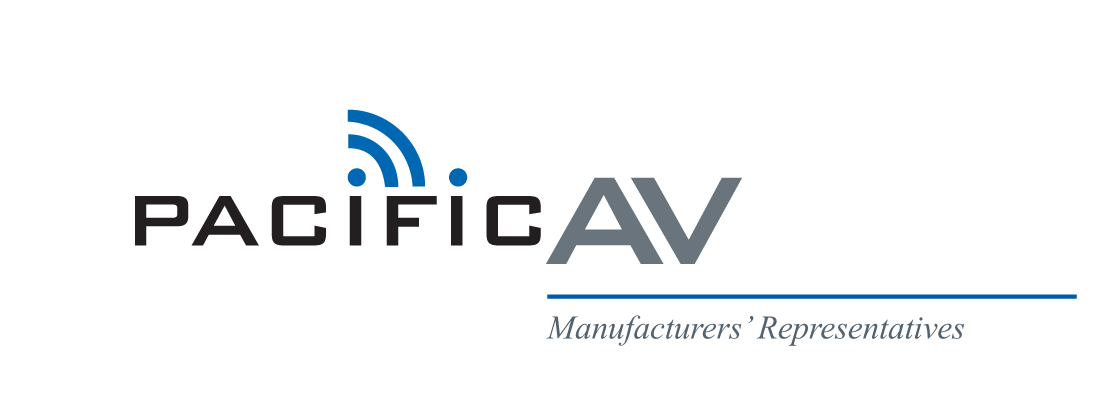Western liquor brands may be famous in China, but their popularity within the People’s Republic is nothing compared to Maotai. A kind of Baijiu, or Chinese wine, the beverage originates from the Qing dynasty and is produced in a town of the same name, located in the north of Guizhou province. There, Kweichow Maotai Group employs nearly 30,000 people in an industry that is quintessentially Chinese.
Yet just because a company has firm roots in the past, that doesn’t mean it can’t benefit from today’s leading technology. Hence when the company broke ground on the construction of a new multi-purpose auditorium and conference center, with 2,600-seats and two balconies, it followed a path that ultimately led to Renkus-Heinz Iconyx.
The company in charge of meeting Maotai Group’s high expectations was leading AV consultancy Guizhou Chiyu, who in turn brought in respected audio specialist and Renkus-Heinz representative Tico Digital Group. It was the beginning of a long collaboration. “Initial work on the project began in March 2014, when we began to create a design, which we then submitted in December 2014,” recalls Lu Cheng of Tico Digital Group. “Everything was installed by summer 2015, but all of the systems were put through a rigorous trial lasting many months to ensure that the technology met the requirements of the owners.”
Those requirements were considerable. The auditorium itself is large – the audience area alone comprises more than 10,000 square feet (1000 square meters), with seats for 2,600 audience members. The seats rise over three levels with two shallow but steep balconies, and while perfectly even audio coverage was a must, the room presented a number of acoustical challenges. Although some acoustic treatment was applied to the rear wall of the venue, reflections from that combined with further reflections from the balcony fascias delivered an overall reverberant atmosphere. In addition, a key condition of the project was that the auditorium’s décor needed to be protected, meaning any system installed for sound reinforcement had to be as discreet as possible. Finally, two screens are located to the left and right of the stage, creating restrictions in terms of loudspeaker placement.
“A conventional line array or even a point source solution in a theater of this size would simply have been too obtrusive,” explains Lu Cheng. “It would have been extremely hard to install a large system without harming the auditorium’s beautiful and ornate design. And even if we had tried to hide a large system, the position of the screens means that we would not have achieved the desired coverage.”
A more intelligent solution was required, and Tico delivered it in the shape of Iconyx digitally steered beam technology. Providing core coverage, two self-powered IC2 enclosures are flown above the stage, in the center of the proscenium. Each IC2 is capable of delivering as many as four individually controllable beams, ensuring targeted coverage towards the audience while avoiding the two reflective balcony fronts. Meanwhile, at the left and right of the stage are six hard-to-spot IC Live columns, mounted three per-side to create fully steerable left and right channels. Four DRS18-2B subwoofers add low-end support.
Additional coverage is achieved via a selection Renkus-Heinz speakers including four TRX121/12 two way, 12-inch enclosures, and five CF61-2 cabinets mounted within the lip of the stage to provide a discreet front-fill solution. On-stage sound is distributed via six TRX121/9 two-way loudspeakers with extra low-end from two CF15S subwoofers.
“The ability to steer coverage with Renkus-Heinz IC Series speakers and the fact they are small in size means that they can be located in the most appropriate location for the venue, ensuring there’s no harm done to the venue’s interior décor, while still achieving an excellent result,” enthuses Lu Cheng.
Located at the rear of the auditorium, looking out over the first floor seating, a dedicated control room houses a Yamaha CL5 digital mixer. The console sits at the center of an audio system designed for all eventualities, with not just one networking infrastructure in place, but three.
“The installation is fully ready for all major networking protocols – Dante, AVB and Cobranet, which means in the future it can be extended in whichever way the owner requires. Almost any possible future network transport protocol can be connected to the existing system.” Put simply, the theater is a working demonstration of the principle behind AES67. “If future products need to be added or if a broadcasting system, for example, needs to be integrated, then the architecture will be able to support any transport protocols that are required,” Lu Cheng declares.
A Biamp Tesira server sits at the heart of the set-up, with the CL5 connected via Dante Virtual Soundcard. “The routing of signals, playback from sources and even recording have all become very simple and convenient.” Simplified remote control is also available. “Using Biamp Canvas, we have created a custom interface for an iPad Mini so when a fully trained user is operating the system he can use the console, but someone less experienced can be still be in control.” Elsewhere in the venue, sources include Audio-Technica condenser microphones, eight channels of Sennheiser wireless mic coverage, and conferencing systems from Telex.
But it is the flexible performance of the Renkus-Heinz front of house solution that has proven most satisfying for Lu Cheng and Tico Digital Group. “We have paid close attention to the implementation of every stage of this project,” he recalls, “and we have participated in training the operators throughout this period of evaluation. The owners have now experienced the system in use for more than six months and they are very satisfied. After two years I can now say that this our landmark project.”


